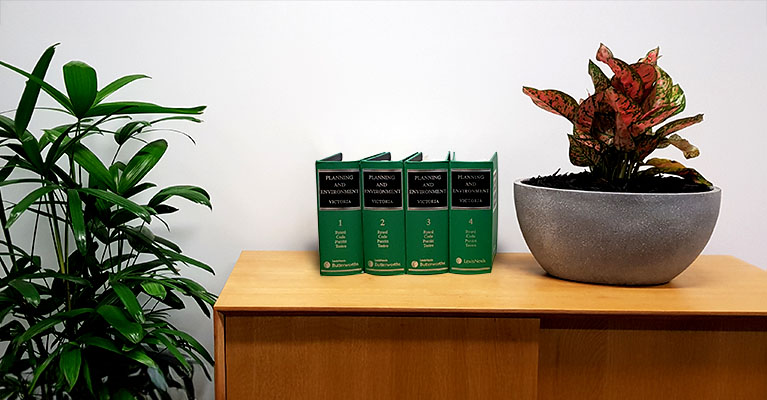Latest Articles
2024: The Legal Year in Review — and what lies ahead for 202...
This article from the experts at LexisNexis® Practical Guidance, covers the most significant legal reforms in 2024 and further changes in 2025 that we’re watching closely. This year’s developments have...
Headlines from the Finance COP: UNFCCC Climate Change Conference...
Introduction The 29th Conference of the Parties (COP29) to the UN Framework Convention on Climate Change (UNFCCC) took place in Baku, Azerbaijan, from 11 to 24 November 2024, concluding 35 hours after...
In-house counsel play a leading role in preparing businesses...
Over the past several years, there has been a seismic shift in shareholder and stakeholder expectations as to how businesses manage climate risk along with increasing pressure for companies to provide...
Privacy Law Shake-Up: Is Your Business Ready?
As Australia undergoes significant changes to its privacy laws, it’s crucial for businesses of all sizes to prepare. Following a multi-year review, the government is proposing amendments to the Privacy...
The HomeBuilder program – a recap
Writer: John Darmanin, Practical Guidance Senior Legal Writer – Property module The COVID-19 pandemic is affecting economies all over the world and GDP growth among OECD countries slowed to 0.7% in the...

Substantial amendments to the environment protection statutory framework in Victoria commence on 1 July 2021. The amendments to the Environment Protection Act 2017 (EP Act 2017) replace the statutory framework of the Environment Protection Act 1970. The new statutory regime represents the largest change to environment protection laws since the introduction of the 1970 Act.
Planning and Environment Victoria has been revised to provide commentary on the implications of these legislative amendments with helpful cross-references to the operational provisions of the EP Act 2017, subordinate legislation and other resources:
- Environment Protection Act 2017, annotated with commentary
- Environment Protection Regulations 2021
- Further commentary on environmental laws in Victoria
- Environment Reference Standard
- Other important practice materials, including those published by the Environment Protection Authority (EPA) Victoria
VCAT Senior Member, Ian Potts, in coordination with the Planning and Environment Victoria author team (Russell Byard, Geoffrey Code and Bill Sibonis), has provided expert analysis on how these new laws will operate in practice. Commentary about the new legislative framework has been prepared to provide background to and guidance on the amendments and their implementation in Victoria.
Accompanying the amendments to the EP Act 2017 are new regulations (the Environment Protection Regulations 2021) and other important resources, such as the Environment Reference Standard (ERS) and protocols for complying with the regulations and the EP Act 2017. The ERS is an instrument that is used to report and assess environmental conditions in Victoria – although it does not contain obligations for duty holders and is not a compliance instrument, it must or may be considered when making some decisions and is therefore an important reference.
General environment duty
The fundamental change to the statutory regime will be the introduction of positive duties and obligations for all those undertaking activities in Victoria. This encompasses a general environmental duty (GED) to manage the risk of harm to the environment and human health by all those undertaking such activities so far as is reasonably practicable. The new environment protection laws are therefore relevant to all businesses and individuals in Victoria.
It is recommended for these laws to be well understood by all Victorian business and industry operators, owners and managers, consultants and lawyers practising in property, planning and environmental law. The commentary provided will also be of high value to local and state government departments administering the new legislation or managing land use activities and the use and development of natural resources.
A preventative approach
The amendments introduce specific duties to manage waste from source to final receipt and to manage and report pollution and contamination as soon as those who manage activities or land become aware of such events or conditions. Whereas the 1970 Act focused on the consequences of pollution and prohibiting certain conduct, the 2017 Act takes a more preventative approach and introduces obligations to reduce the risk of harm to human health and to the environment.
Permissions regime
The new framework introduces a permissions regime that is based on a tiered approach (licences, permits and registrations) to managing risks of harm to human health and the environment. Powers under a range of new notices, along with civil and criminal penalties, have been introduced. There are substantive changes to environmental auditing regimes and the management of risks of harm to the environment and human health. A wider range of review applications can be made by eligible persons to the Victorian Civil and Administrative Tribunal (VCAT).
Further information
The new laws, detailed commentary and important resources will be available for Planning and Environment Victoria online (Lexis Advance and Lexis Red) subscribers in early July 2021. Customers with a hardcopy subscription will receive these updates in Service 238 in August 2021.
For more information about Planning and Environment Victoria, please contact the publication’s Legal Editor, Marcus Frajman. For enquiries about subscribing to the publication, please email sales.enquiries@lexisnexis.com.au or call +61 2 9422 2174.